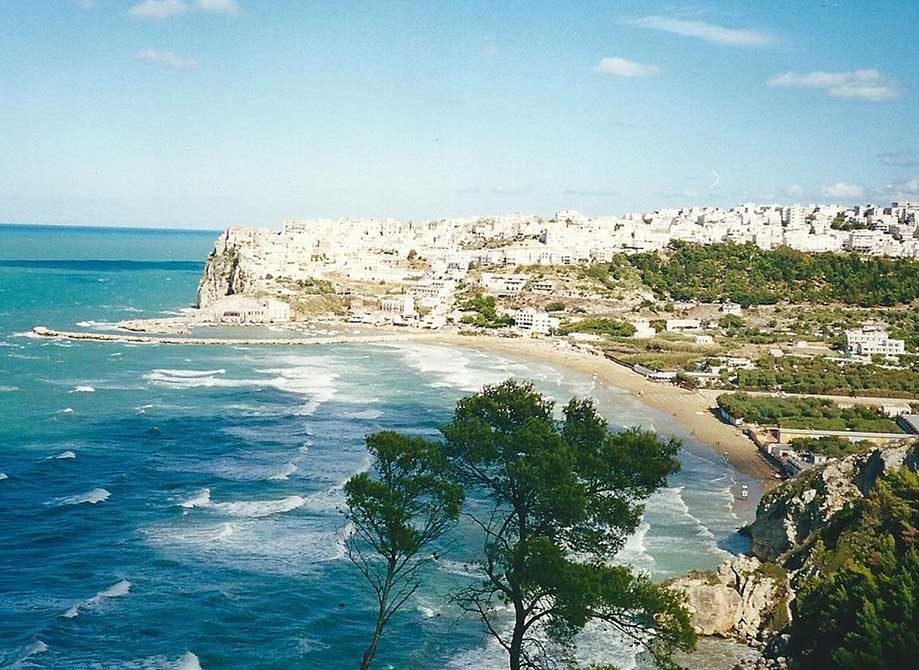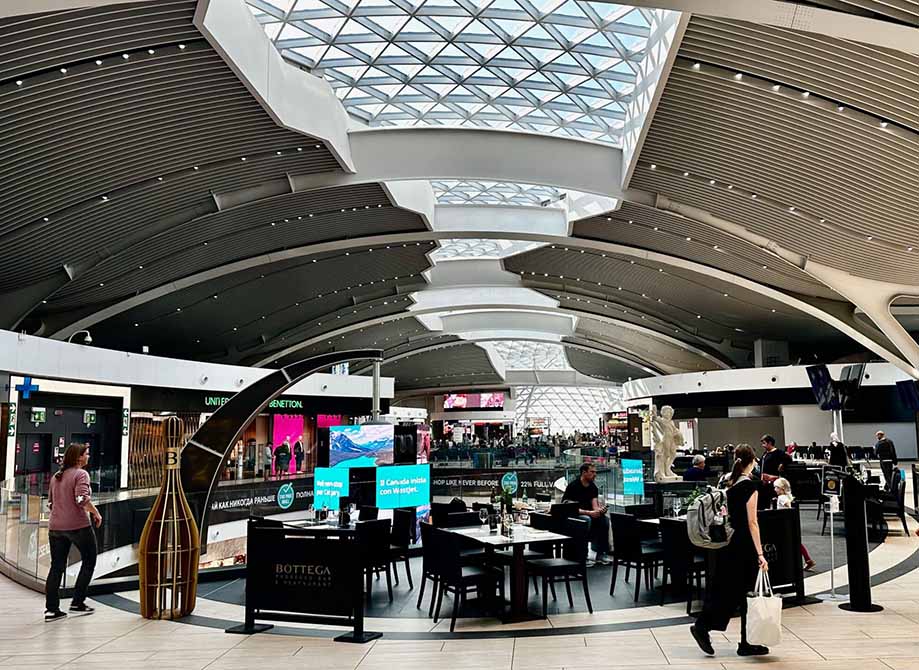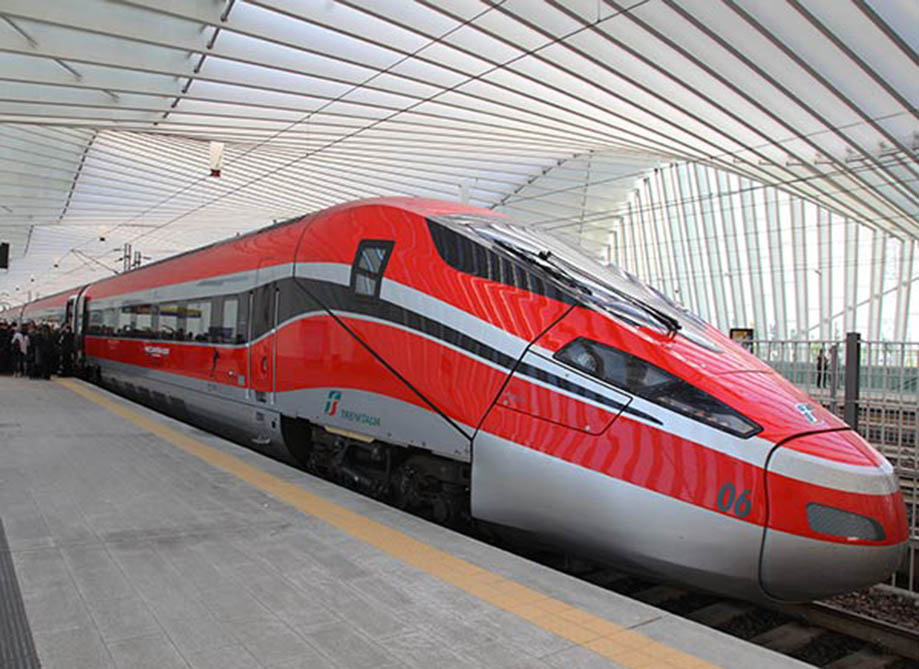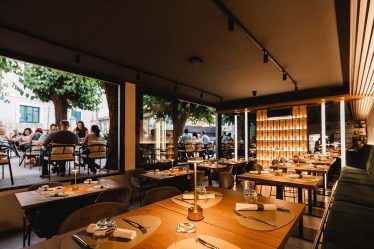
Foggia may not be the most famous city in Italy, but that’s precisely why I found it so intriguing. Nestled in the heart of the Puglia region, this underrated gem offers rustic Italian charm, authentic cuisine, and peaceful surroundings, far removed from the crowds of Rome, Venice, or Florence. The only challenge? Figuring out how to get there.
When I decided to visit Foggia, I realized pretty quickly that it wasn’t as straightforward as flying into a major airport and hopping on a shuttle. Unlike more tourist-heavy cities with direct international links, Foggia requires a bit more planning, some creativity, and a willingness to explore Italy’s excellent regional transportation system. But honestly, that made the journey more of an adventure than a hassle.
I took it as an opportunity to experience the real Italy—not just the polished, postcard version. Along the way, I encountered charming train stations, met locals on regional buses, and enjoyed scenic countryside views I wouldn’t have seen otherwise. In this article, I’ll walk you through every step of how I got to Foggia, from flight options and regional connections to local tips. If you’re dreaming of a more authentic Italian escape, this guide might be your perfect starting point.
Step One: Understanding Foggia’s Location and Airport Access
Let’s start with the basics. Foggia doesn’t have a large international airport. In fact, the Gino Lisa Airport (FOG) in Foggia had been closed for commercial flights for years, and although there have been discussions about reopening and expanding it, most travelers still arrive via other airports in southern Italy.
That means your first step is choosing the right airport to fly into. After researching multiple options, I narrowed it down to three practical airports:
1. Naples International Airport (NAP)
Naples is probably the most convenient major airport if you’re coming from abroad. It’s well-connected to the rest of Europe, and even offers some seasonal long-haul flights. I flew into Naples from Paris, and the experience was smooth and efficient. The airport is modern, with decent food and plenty of transport options.
2. Bari Karol Wojtyła Airport (BRI)
Bari is geographically closer to Foggia than Naples, and it also serves many European destinations. However, fewer major airlines fly here directly from non-European countries. If you’re already in Italy or doing a multi-city European trip, Bari can be a great option.
3. Rome Fiumicino (FCO)
Rome is the biggest airport in Italy and serves as a hub for international arrivals. It’s a bit farther from Foggia than Naples or Bari, but you can still get there in about 4 to 5 hours via train. If you’re planning to spend some time in Rome anyway, this route might make sense.

Step Two: Getting from the Airport to Foggia
Once I landed in Naples, I had to figure out how to get to Foggia by land. You have two main options: train or rental car.
🚆 By Train
This was my choice — and honestly, I loved every minute of it. Italian trains are reliable, comfortable, and a great way to see the countryside. From Naples Airport, I took the Alibus shuttle directly to Napoli Centrale station. It’s a 15-20 minute ride and costs just a few euros.
At Napoli Centrale, I boarded a direct Intercity train to Foggia. The journey took about 2 hours and 30 minutes, passing through some scenic landscapes along the way. I recommend booking your ticket in advance via Trenitalia or Italo, especially if you’re traveling on a weekend or holiday. First-class upgrades are inexpensive and offer more space and quiet if you’re carrying luggage.
One thing I appreciated was the simplicity. There was no need to transfer, and Foggia’s station is right in the city center, so I could walk to my hotel within 10 minutes.
🚗 By Rental Car
If you prefer flexibility, renting a car is a viable option. I considered this briefly, especially since Puglia is full of countryside towns and coastal drives worth exploring. However, I wasn’t confident about driving in Italy’s city traffic, so I skipped it.
If you do choose to rent a car, the drive from Naples to Foggia takes about 2.5 hours via the A16 motorway. From Bari, it’s closer to 1 hour and 45 minutes. The roads are well-maintained, and GPS works perfectly.
Other Route Options
I also researched what the journey would look like from other major cities, and here’s a summary for those who may fly into different parts of Italy:
✈️ From Rome
Train: Rome Termini to Foggia takes about 3 to 4 hours. There are multiple departures daily.
Bus: Flixbus and MarinoBus operate long-distance coaches. It’s cheap but slower (5–6 hours).
Drive: A4.5-hour drive via the A1 and A16 highways.
✈️ From Bari
Train: The quickest and easiest route. Bari Centrale to Foggia takes 1 to 1.5 hours.
Bus: Regional buses are available but less frequent.
Drive: A straight 1.5-hour drive northwest.

Foggia itself is a walkable city, especially if you’re staying near the historic center. Taxis are available, but not always easy to hail on the street. I used local buses a few times — they were punctual, clean, and easy to navigate with a bit of Google Maps assistance.
You don’t necessarily need a car while in Foggia unless you’re planning day trips to nearby villages like Lucera, Troia, or the Gargano coast. For those adventures, you can also rely on regional trains and buses.
Tips to Make Your Arrival Smoother
Based on my personal experience, here are a few practical tips that made my arrival smoother:
Book transportation ahead of time. Whether it’s your train ticket from Naples or a shuttle bus from the airport, reserving in advance saves time and stress.
Carry some cash. Not every kiosk or local transit machine accepted card.
Travel light. Many smaller Italian train stations don’t have elevators or escalators. A lighter suitcase made my trip much easier.
Keep local apps handy. Trenitalia, Italo, and Google Maps were essential.
Expect some delays. My train was delayed by 20 minutes, which is common — don’t panic!
Why the Journey Was Worth It
Some might say that getting to Foggia is a bit of a hassle. It doesn’t have the seamless airport-train combo you find in places like Florence, Milan, or Venice. There are no high-speed rail lines that zip you there in an hour, and you might not even find direct international flights landing nearby. But in a strange and beautiful way, that’s exactly what made the experience feel more personal — and, frankly, more rewarding.
Foggia isn’t built for mass tourism, and its laid-back vibe reflects that. From the moment I stepped off the train at Foggia Centrale and walked into the heart of the city, I could feel the pace shift. The quiet piazzas, the slow-moving locals, the smell of fresh bread from tiny panetterie, and the centuries-old baroque buildings lining the streets — it all spoke to a different rhythm of life.
I think what struck me most was the genuine nature of the place. This isn’t a city trying to impress tourists. It’s a city living its life, grounded in its traditions and proud of its culture. There were no crowds jostling for photos, no inflated prices at every corner, and no endless souvenir stands selling mass-produced trinkets. Instead, there were real moments: a barista who remembered my coffee order the second day I returned, an old man who smiled at me as I passed through a Sunday flea market, and a waitress who enthusiastically recommended local dishes in rapid Italian, even though we could barely understand each other.
I dined in restaurants where no one spoke English, where the menu was handwritten on a single piece of paper, and where the food — oh, the food — was simply unforgettable. Homemade orecchiette, burrata so fresh it practically melted in my mouth, slow-cooked meats, and generous glasses of local wine. There were no frills, just flavor and sincerity. And the best part? It all came at a fraction of the cost I would’ve paid in more tourist-saturated cities.
The journey to Foggia did require planning. It involved choosing the right airport, coordinating train schedules, and being open to the possibility of delays or changes. But that extra effort made me feel more connected to the trip. It wasn’t just another stop on a checklist — it became a story in itself. Every leg of the journey added context and color to what eventually became one of the most memorable parts of my Italian adventure.
If you’re the kind of traveler who enjoys wandering off the beaten path, who values authenticity over convenience, and who’s willing to trade a little extra effort for a lot more soul, then trust me: Foggia is worth every step of the journey. The reward isn’t just the destination, but the little moments, the conversations, the unexpected detours — all the stories you collect along the way.
And if you’re considering a trip to Foggia and have any questions, feel free to reach out. I’d be more than happy to help you find your way to this special place — a city that surprised me, welcomed me, and left me wanting to return.


